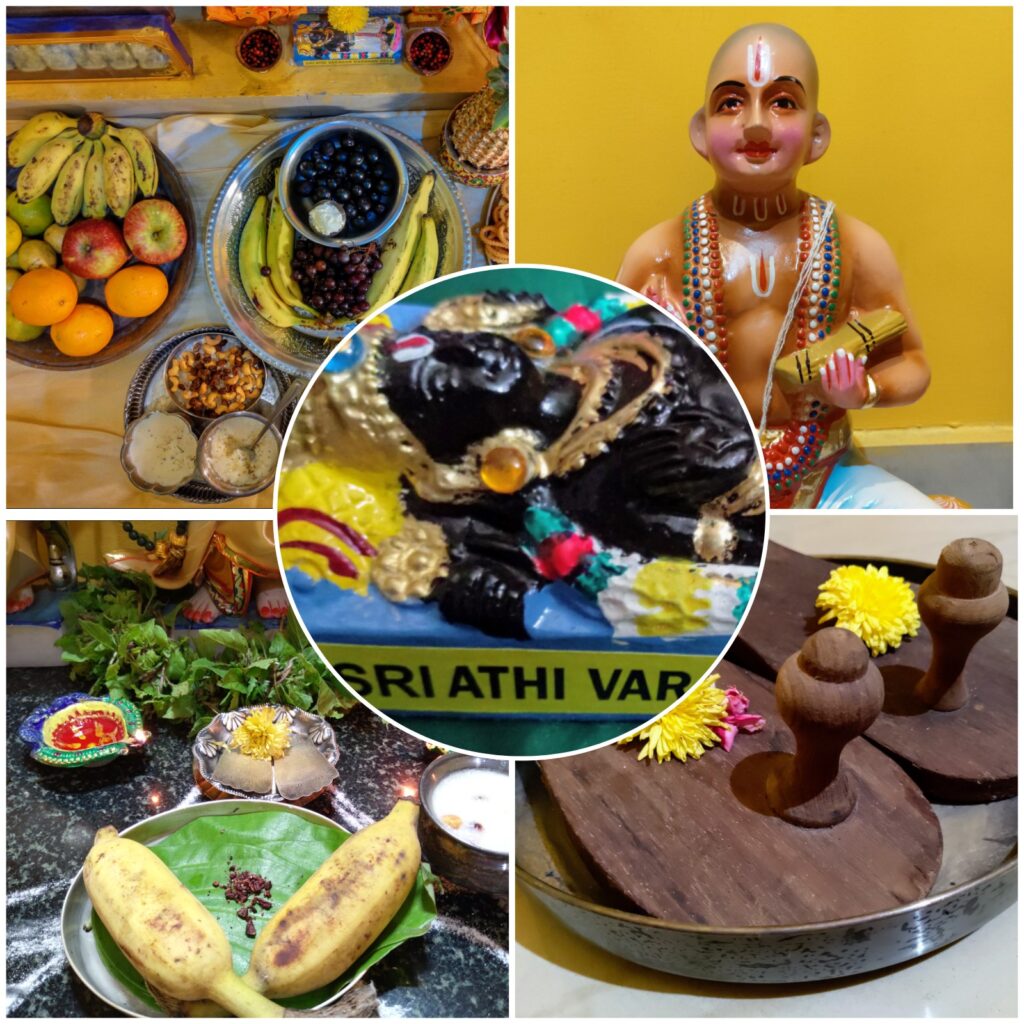The book on Veṅkaṭanātha I am working on is an attempt of doing history of philosophy in the Sanskrit context, given that no agreed canon, chronology, list of main figures or main questions has been established for the history of Sanskrit philosophy. Therefore, in the Sanskrit context, doing history of philosophy does not amount to reconstruct some aspects within an established picture, but rather to understand what is the picture altogether. This also means that it is impossible or counter-productive to do history of philosophy in just an antiquarian way in the Sanskrit context.
The book also takes on the challenge of talking about Sanskrit philosophy without reducing it to ahistorical “schools” which are depicted as unchanging through time, so that while talking of Nyāya one can mix 5 c. CE sources with 11 c. ones. In contrast to this approach, the book focuses on the role of individual philosophers within such schools.
Accordingly, the book reconstructs the intellectual figure of Veṅkaṭanātha and his philosophical and theological contribution to what we now call “Viśiṣṭādvaita Vedānta”. Its main thesis is that Viśiṣṭādvaita Vedānta as we know it now is mostly a product of Veṅkaṭanātha’s brilliant mind. He connected various texts and theories into a harmonious whole, so that readers and practitioners looking at the time before Veṅkaṭanātha now recognise them as pieces of a puzzle. Once Veṅkaṭanātha’s contribution is in place it is in fact easy to look back at authors before him and recognise them as pieces of the same jigsaw puzzle. However, it is only due to Veṅkaṭanātha that the entire jigsaw puzzle exists and the various texts and ideas could have remained disconnected, or could have led to different developments without him. The book analyses Veṅkaṭanātha’s contribution in shaping the school, a con- tribution that goes so deep that it is hard to imagine Viśiṣṭādvaita Vedānta through a different lens. Veṅkaṭanātha’s synthesis was not, or not just, the result of a juxtaposition, but itself a philosophical enterprise. Veṅkaṭanātha re-interpreted a large amount of texts and ideas connecting them in a higher-order theory. In this sense, he is a philosopher doing history of philosophy as his primary methodological tool.
The book investigates this synthesis, its range and its theoretical foundations. In this way, it also attempts to reframe the usual understanding of Veṅkaṭanātha’s impact on Viśiṣṭādvaita Vedānta, shifting him from the position of a learned successor of Rāmānuja to that of a builder of a new system, with a different scope (ranging well beyond Viśiṣṭādvaita Vedānta and incorporating much more into it) and possibly with a different basis. Consequently, this book deals with philosophical themes in connection with their intellectual development.
Among the tools used by Veṅkaṭanātha in crafting his synthesis, of particular interest is his emphasis on the unity of the system holding between Vedānta and another school, called Mīmāṃsā. This is a school focusing on the exegesis of the Vedas and therefore on epistemology, deontics, philosophy of language and hermeneutics. Veṅkaṭanātha borrowed from it the tools to reconcile sacred texts seemingly mutually contradictory, as well as a well- developed dynamic ontology and account of subjectivity. However, the Mīmāṃsā school was also atheistic and considered the Vedas to be only enjoying a deontic authority, not an epistemic one. Both claims (especially the first one) contradict basic tenets of Viśiṣṭādvaita Vedānta. Therefore, in crafting a single system out of Mīmāṃsā and Vedānta Veṅkaṭanātha needed to find a way not to deny these claims while at the same time transcending them. Last, some readers not too familiar with Sanskrit philosophy might find a lot of topics Veṅkaṭanātha deals with “non-philosophical” or at least “non-philosophical enough”. For instance, why does he spend so much time on the injunction to learn the Vedas by heart? As an interpreter, I might have just used the debate in order to extract from it what is relevant for what is recognised today as “philosophy of action”, e.g.: Can someone be motivated to undertake an action whose results will only take place after years ? Does this even count as an action? What at all counts as motivation with regard to a course of action involving multiple years? Can a cost-benefit analysis still work in such cases? Which concept of subjectivity is needed for complex actions extending over multiple years? Alternatively, I might have just depicted the relevance of the debate in the historical setting in which it took place. In general, I gave hints going in both directions, but I primarily tried to reconstruct the debate in its own terms, because a global approach to philosophy means being open not just to new answers to old questions and to new questions within known fields, but also to altogether new fields of investigation. The unitary Mīmāṃsā system is in this sense a treasure house of ideas leading to a philosophy of exegesis and a philosophy of ritual.
Comments and criticisms, as usual, more than welcome!

